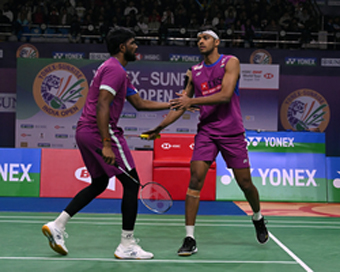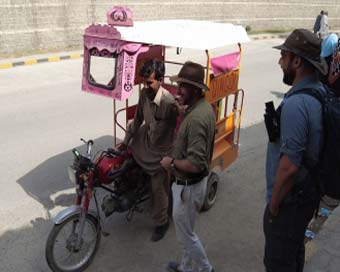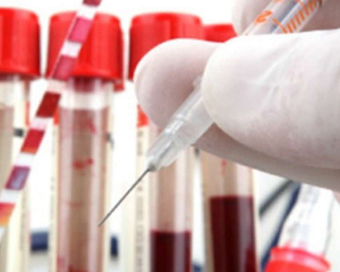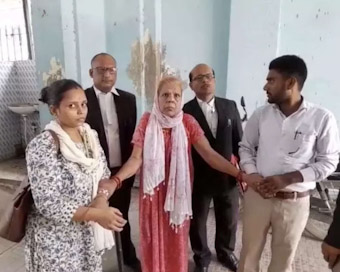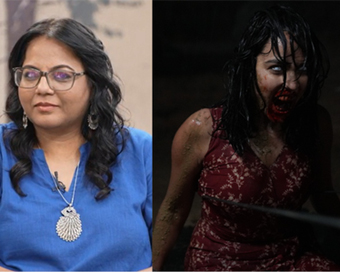Gallery
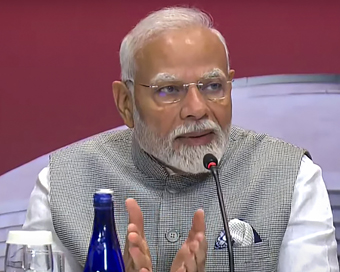 PM Modi visit USA
PM Modi visit USA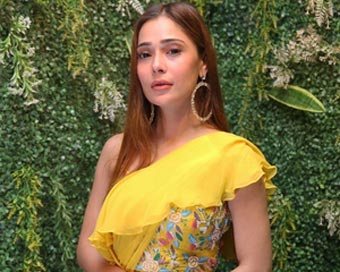 Only the mirror in my washroom and phone gallery see the crazy me : Sara Khan
Only the mirror in my washroom and phone gallery see the crazy me : Sara Khan Karnataka rain fury: Photos of flooded streets, uprooted trees
Karnataka rain fury: Photos of flooded streets, uprooted trees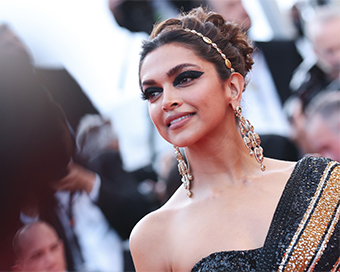 Cannes 2022: Deepika Padukone stuns at the French Riviera in Sabyasachi outfit
Cannes 2022: Deepika Padukone stuns at the French Riviera in Sabyasachi outfit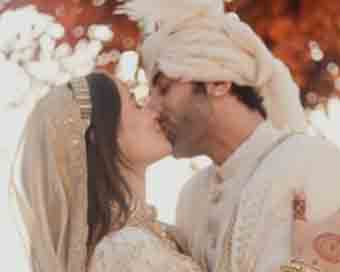 Ranbir Kapoor And Alia Bhatt's Wedding Pics - Sealed With A Kiss
Ranbir Kapoor And Alia Bhatt's Wedding Pics - Sealed With A Kiss Oscars 2022: Every Academy Award Winner
Oscars 2022: Every Academy Award Winner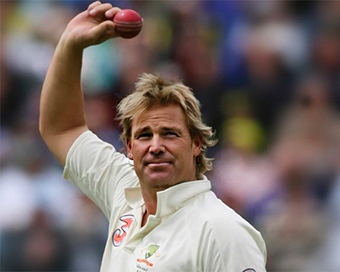 Shane Warne (1969-2022): Australian cricket legend's life in pictures
Shane Warne (1969-2022): Australian cricket legend's life in pictures Photos: What Russia's invasion of Ukraine looks like on the ground
Photos: What Russia's invasion of Ukraine looks like on the ground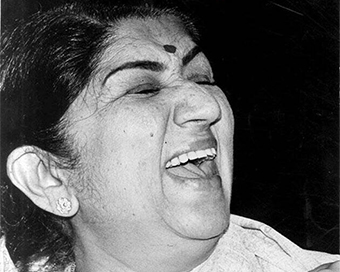 Lata Mangeshkar (1929-2022): A pictorial tribute to the 'Nightingale of India'
Lata Mangeshkar (1929-2022): A pictorial tribute to the 'Nightingale of India'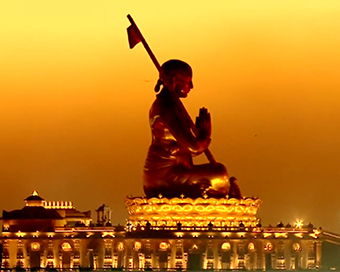 PM Modi unveils 216-feet tall Statue of Equality in Hyderabad (PHOTOS)
PM Modi unveils 216-feet tall Statue of Equality in Hyderabad (PHOTOS)The Badminton Association of India (BAI) has announced a 14-member-strong India squad for
- Men’s Sr Hockey Nationals to be played in division-based format from April 4
- Mensik denies Djokovic 100th title in Miami final
- KIPG: Son of a vegetable vendor, Bihar’s Jhandu Kumar eyes Worlds, 2028 Paralympics
- Hardik Singh credits hard work and team unity for receiving HI Midfielder of the Year award
- Djokovic, Alcaraz land in same half of Miami draw
Google doodle celebrates Hindu woman who fought child marriage Last Updated : 22 Nov 2017 02:04:56 PM IST 
Google doodle celebrates Hindu woman who fought child marriage
Google on Wednesday dedicated a special doodle to mark the 153rd birth anniversary of medico Rukhmabai Raut, who proved instrumental in getting the obnoxious practice of child marriages banned not only in colonial India but the entire British Empire.
The Hindu woman also excelled as one of the first practicing woman medicos during an era when even sending girls to school was considered taboo -- and emerged victorious from the clutches of her child marriage herself.The colourful Google doodle depicts a confident "Dr." Rukhmabai with a stethoscope around her neck, hair tied in a bun, with a halo around her head, amid a bustling women's hospital, three women patients and two nurses, trolleys of medicines and flowers, a nurse giving an injection to a patient, a patient reading and another speaking to a nurse.However, the historic legal and medical achievements did not come easy for Rukhmabai, who was born on November 22, 1864 to a Maharashtrian carpenter family of Janardhan Pandurang and Jayanti.She lost her father when she was eight, and three years later (age 11), she was married off to 19-year old youth Dadaji Bhikaji Raut, while her mother (Jayanti) remarried a widower medico, Sakharam Arjun.Refusing to move in with her husband after marriage, Rukhmabai continued living with her mother and stepfather for some years and immersed herself in self-education with books borrowed from a local church library.When her husband Raut initiated legal action against the family for preventing his wife (Rukhmabai) from joining him and to restore his conjugal rights, her stepfather Arjun supported her decision - and this resistance would later create legal history in India and the British Empire.Adopting a tough stand against her husband, Rukhmabai created public opinion through media and launched a passionate debate on juvenile marriages and women's rights, and even expressed a desire to become a doctor, like her stepfather.In the meantime, the court cases progressed with Raut demanding his legal conjugal rights on Rukhmabai, and finally the controversial judgment ordering her to go to the husband or to jail for six months.The bold Rukhmabai preferred jail - creating a huge social-political upheaval and massive discourses on: Hindu laws versus British laws, ancient customs versus modern laws, internal and external reforms, in which Bal Gangadhar Tilak and Max Mueller argued from the opposing sides.Undeterred by legal setbacks, Rukhmabai finally wrote directly to Queen Victoria and narrated her plight - at one time, writing a gutsy line to the monarch: "So far, dear lady, I have dwelt on your patience, for which an apology is necessary."Using her sweeping powers, Queen Victoria intervened to get the court's verdict overruled and granted dissolution of her unhappy marriage in 1887 - significantly, in the historic Golden Jubilee year of her accession to the world's most powerful throne.This landmark divorce left a deep impression on the country's social psyche, boosted feminism in England and finally resulted in the historic passing of "Age of Consent Act, 1891", which banned child marriages not only in the tradition-steeped India but the entire British Empire.During the pendency of this divorce litigation, in May 1883, a 13-year old boy, Mohandas, married a 14-year old girl, Kasturba, in Porbandar (Gujarat) and decades later, he was revered around the world as 'Mahatma Gandhi'.A turning point came for Rukhmabai a year later, in July 1888, when Raut consented to forego his claim on her for a princely sum of Rs 2,000 and she rekindled her deep desire to become a medico.To help achieve her dream, donations poured in from India and abroad, a fund was created to enable her travel to England in 1889 for a five-year medical degree course at London School of Medicine for Women.She was wholeheartedly encouraged in her endeavour by many, including Mary Edith Pechey-Phipson, the then head of Cama Hospital in Mumbai (one of the sites of 26/11 terror strike), who fought many a battles in England to become one of the earliest women doctors in that country.After her return in 1894 as India's earliest and first practicing woman doctor, Rukhmabai plunged into medical practice in hospitals, initially in Surat and from 1918 in Rajkot, in the erstwhile Bombay Province.Prior to Rukhmabai, three other Indian women -- Kadambini Ganguly, Chandramukhi Basu and Anandi Gopal Joshi - had achieved the honours as qualified medicos in 1886 from India and the US.The battle-weary divorcee finally retired as a Chief Medical Officer in the late 1920s and settled down in Bombay (now Mumbai) and continued her work in social reforms and influencing opinion through writings, till her death here on September 25, 1955.IANS For Latest Updates Please-
Join us on
Follow us on








172.31.16.186

